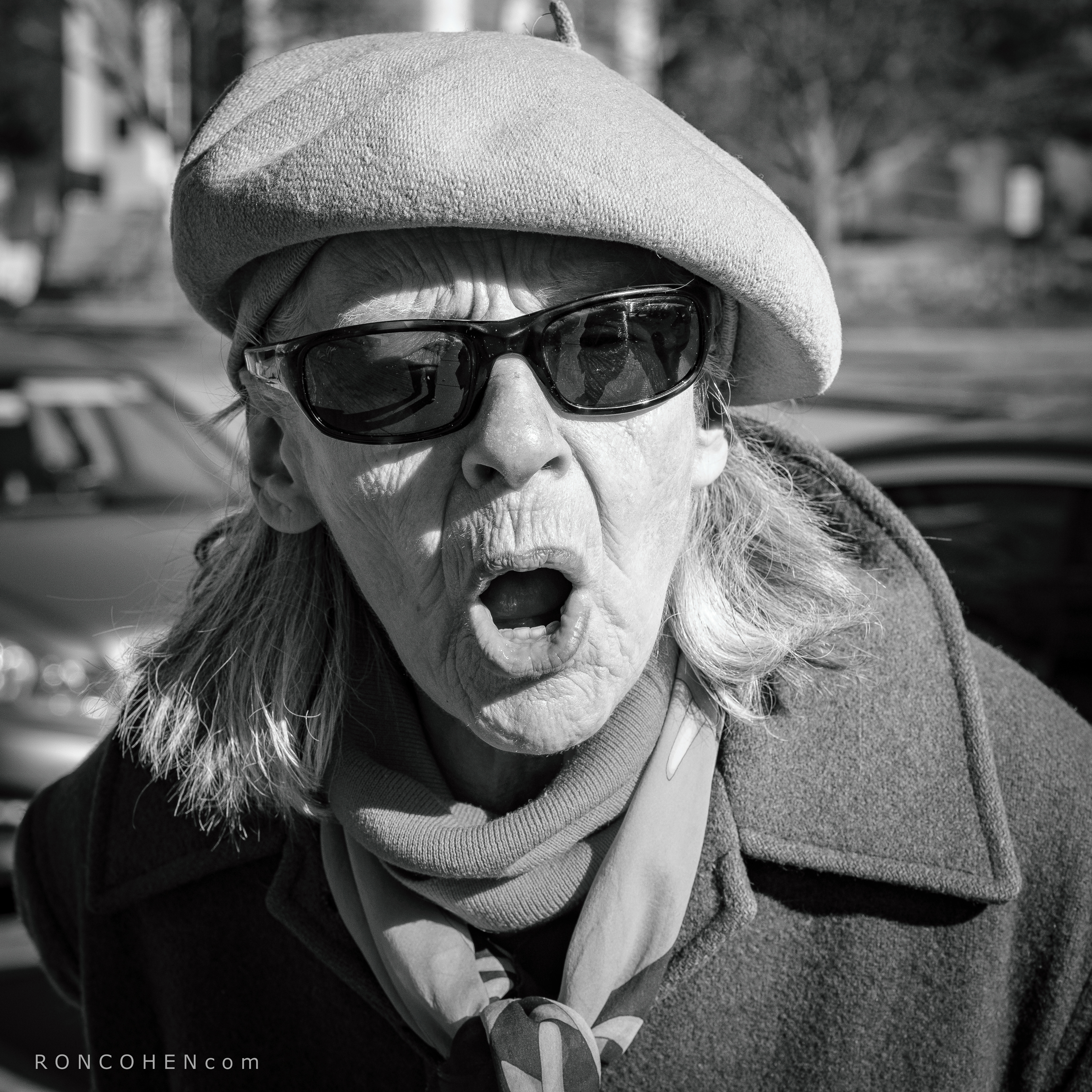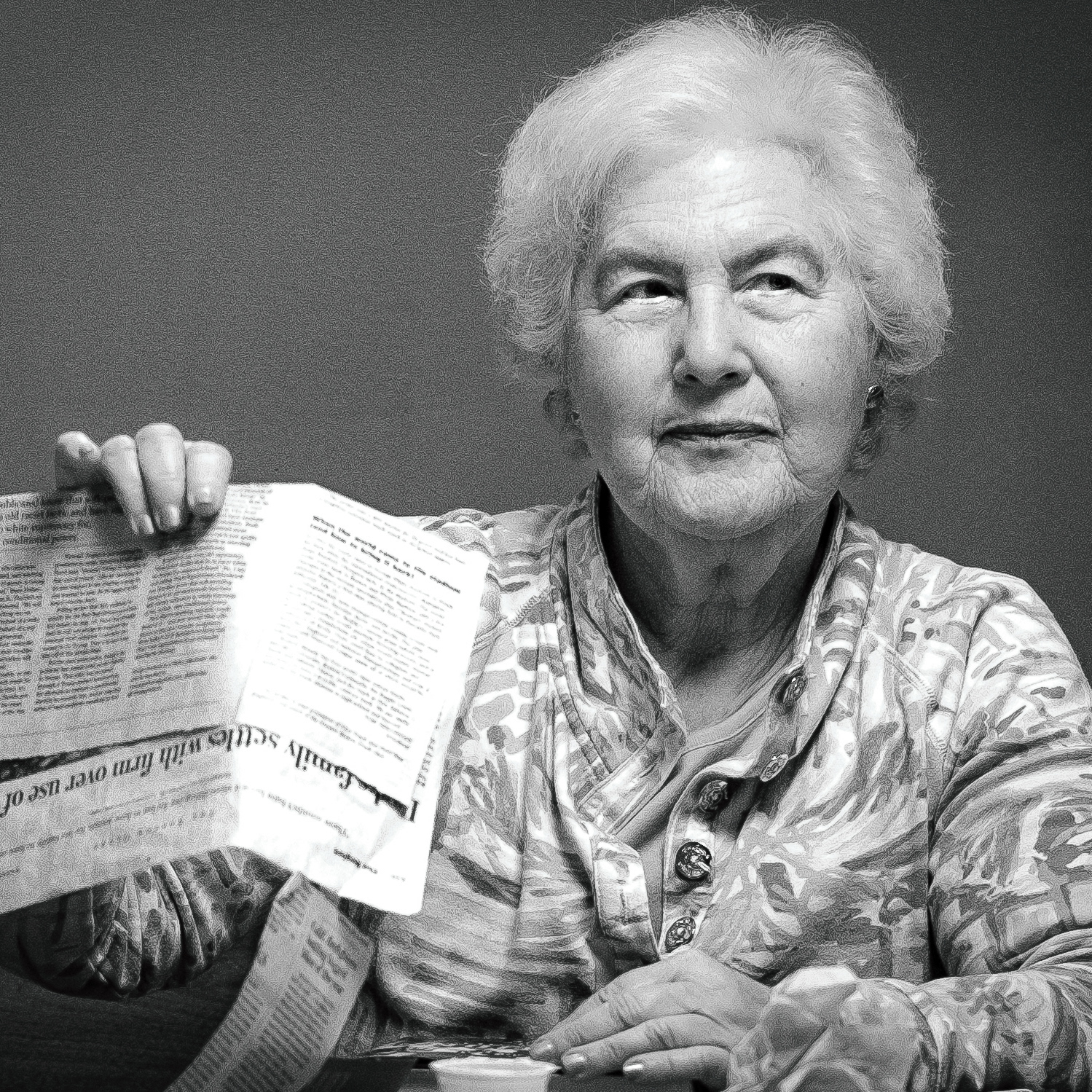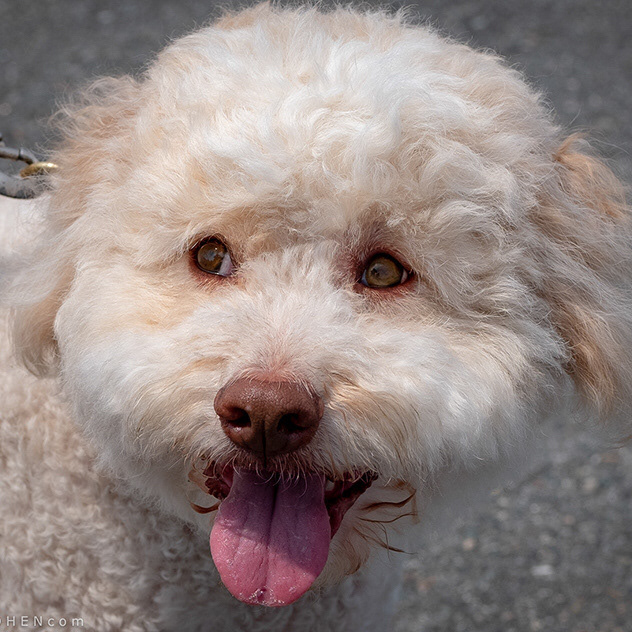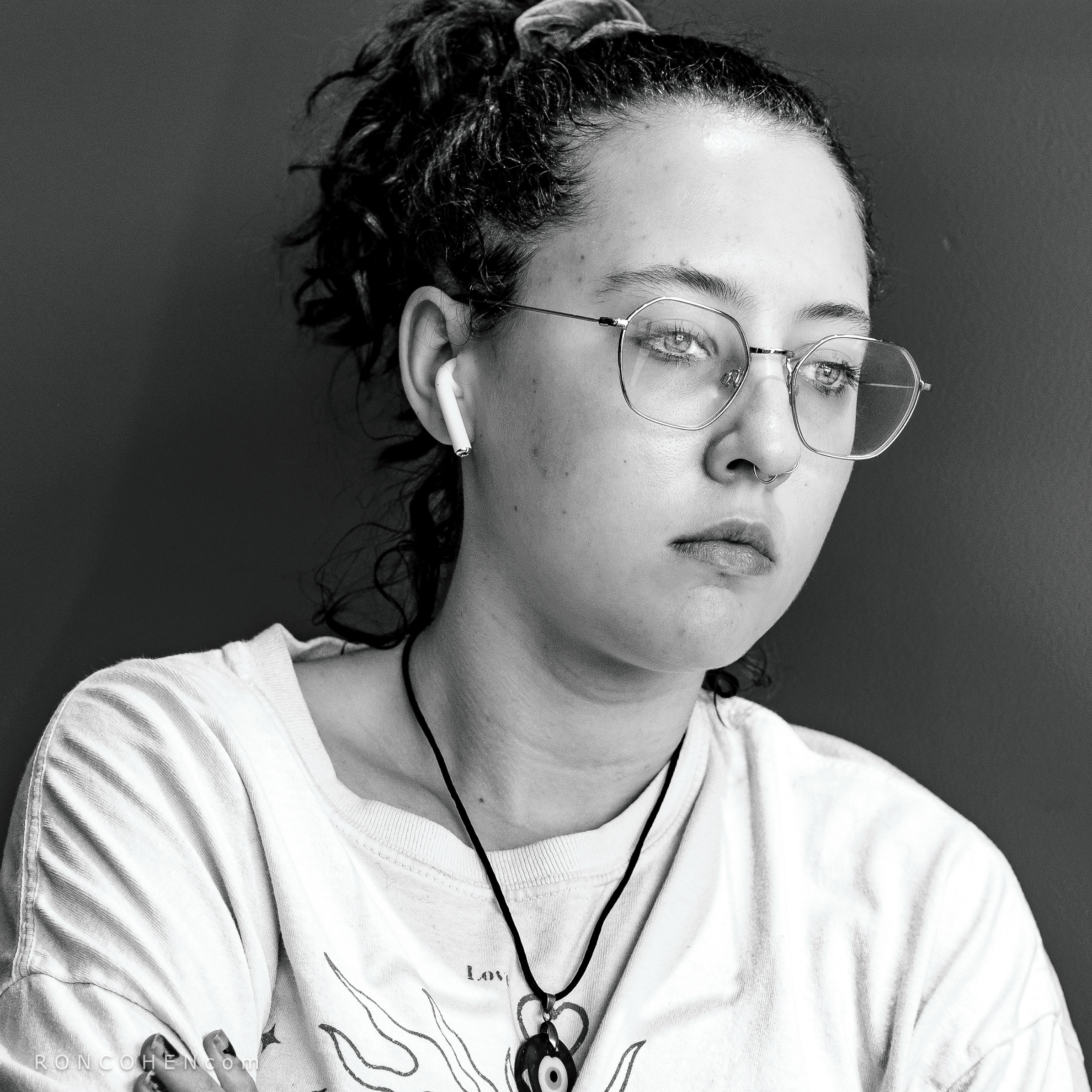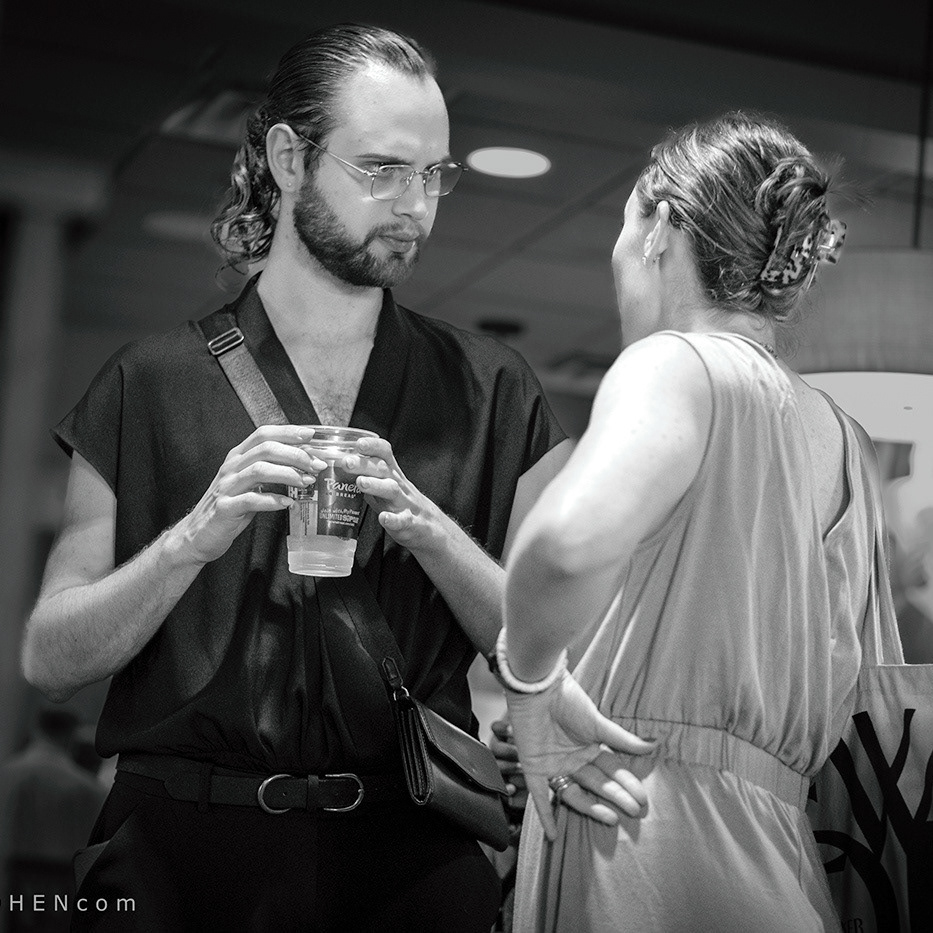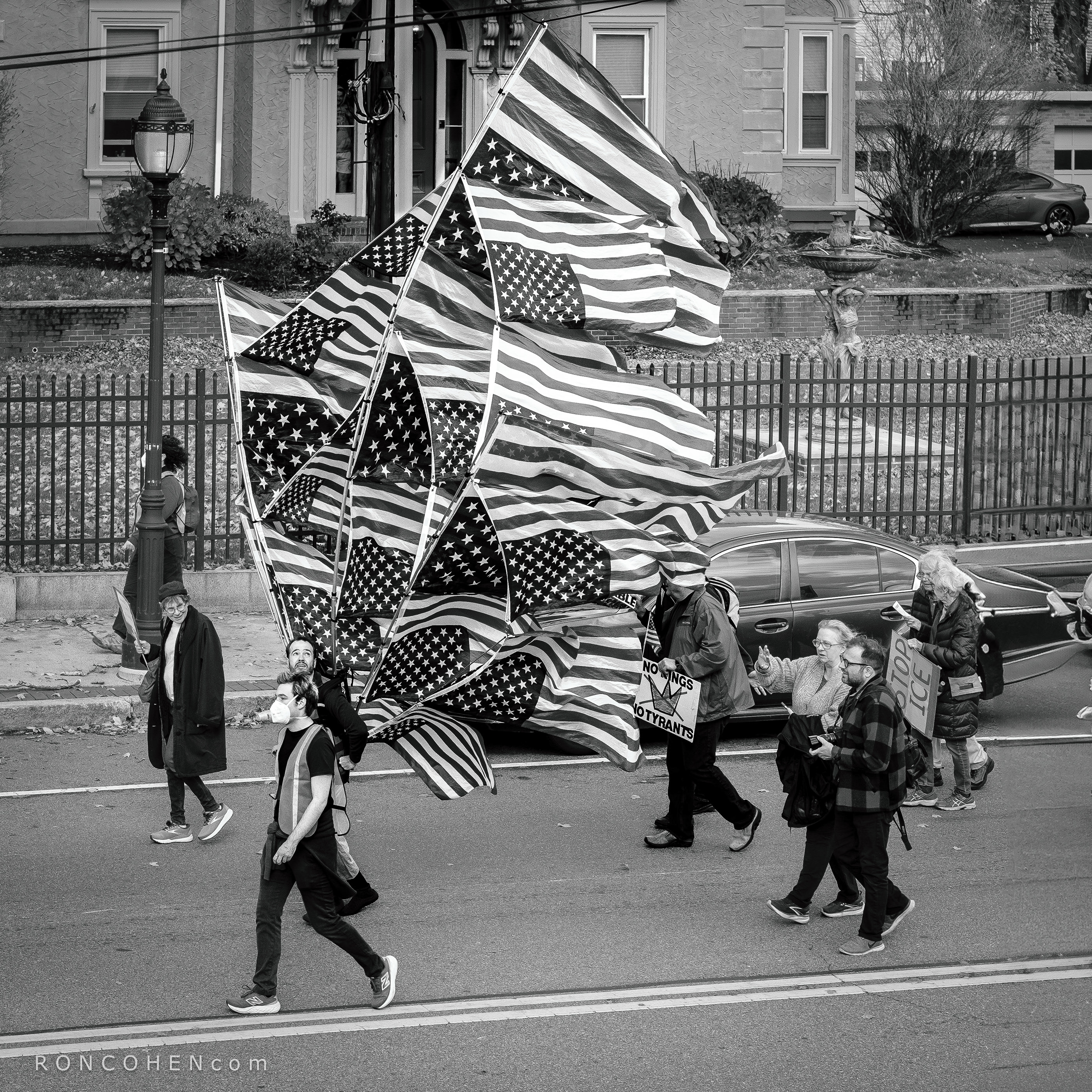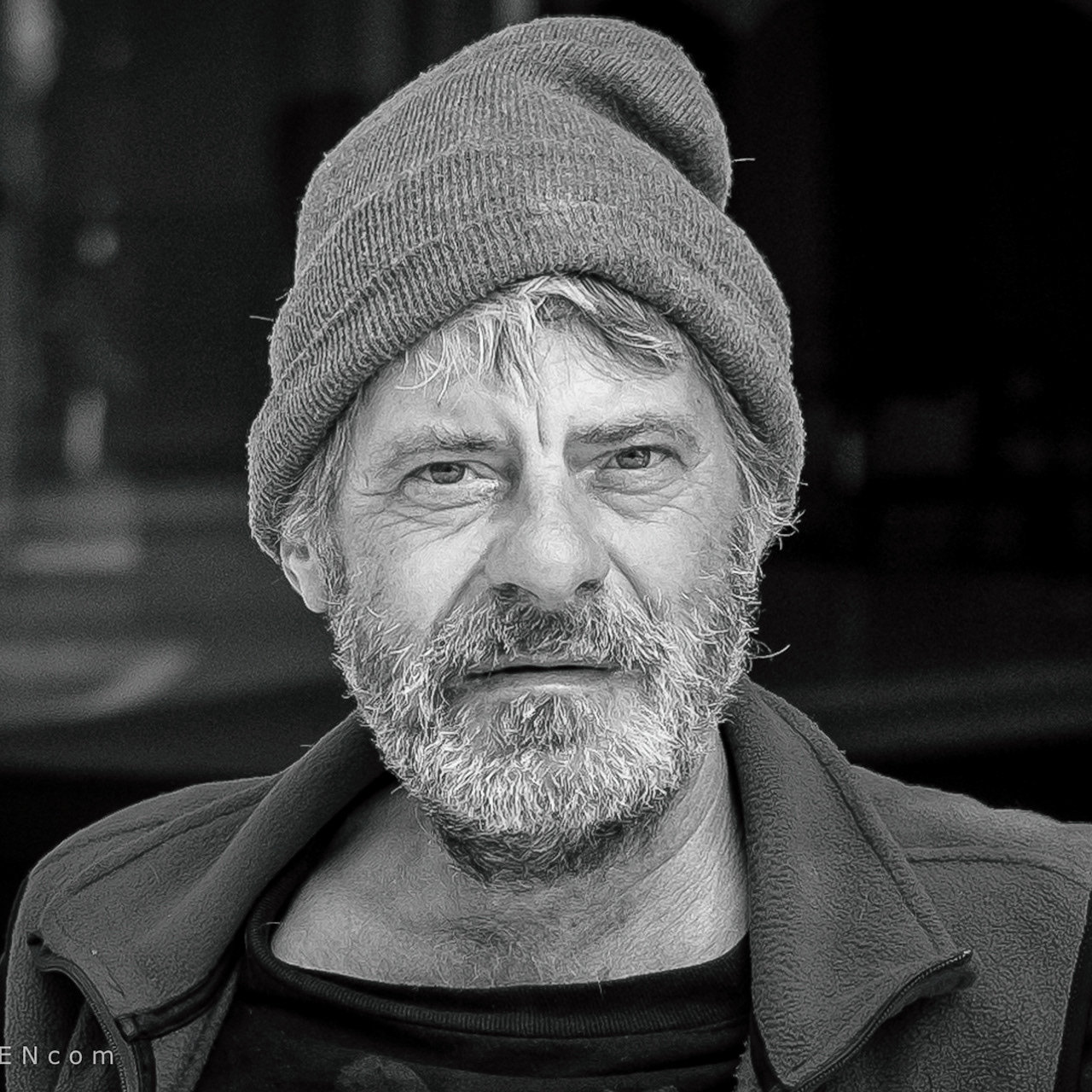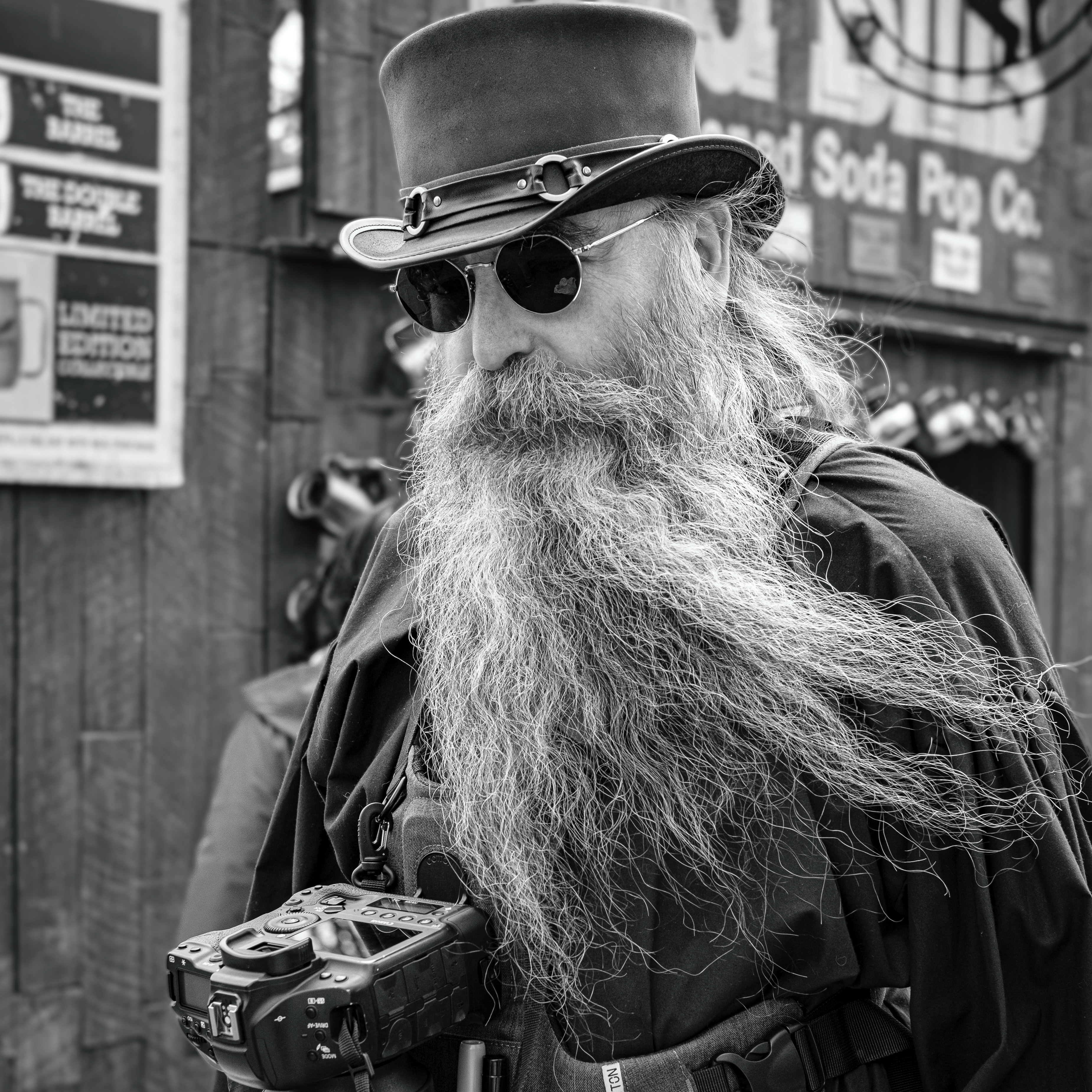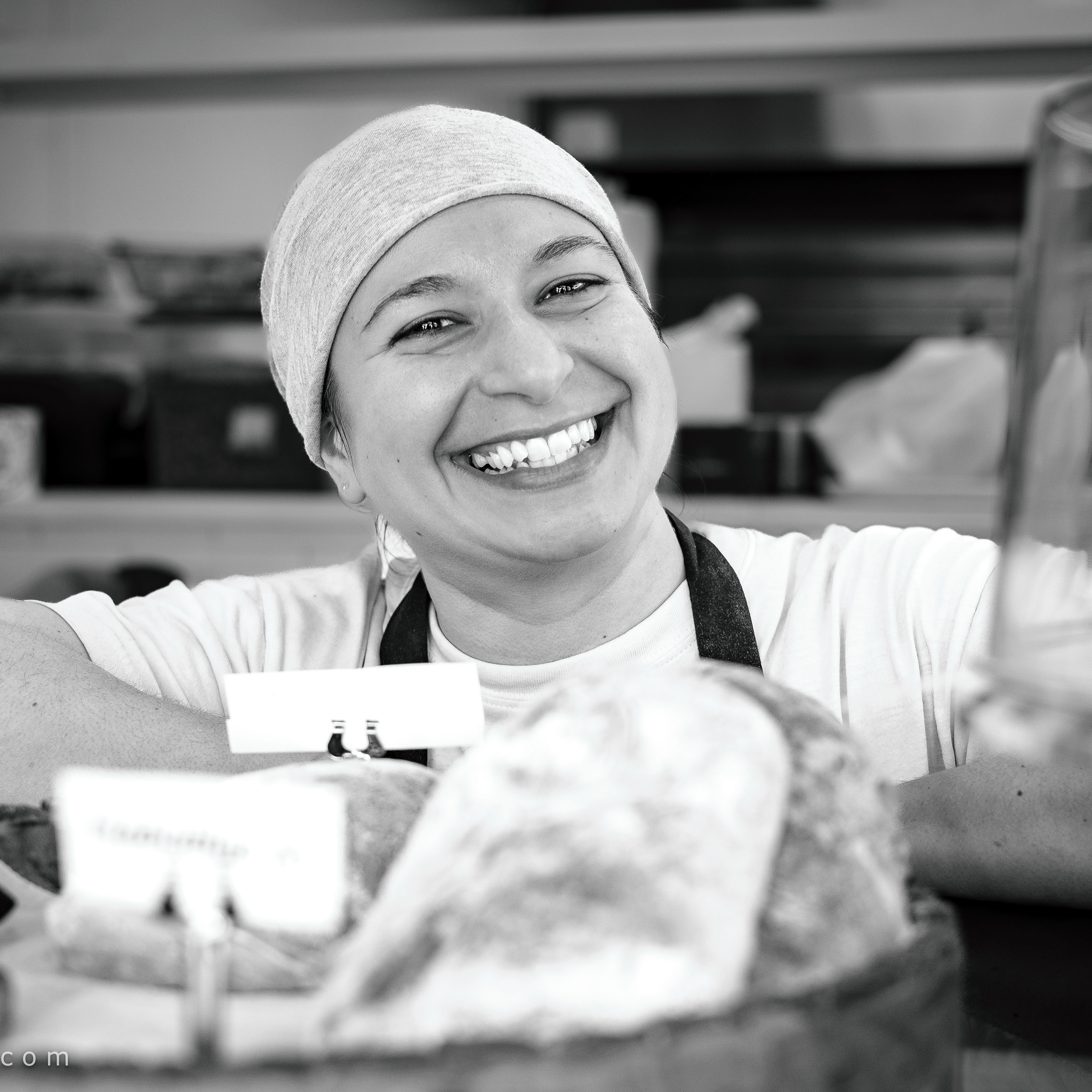⬇︎Click on any photo, below, to open slide show. Use keyboard arrows or swipe to view slides.
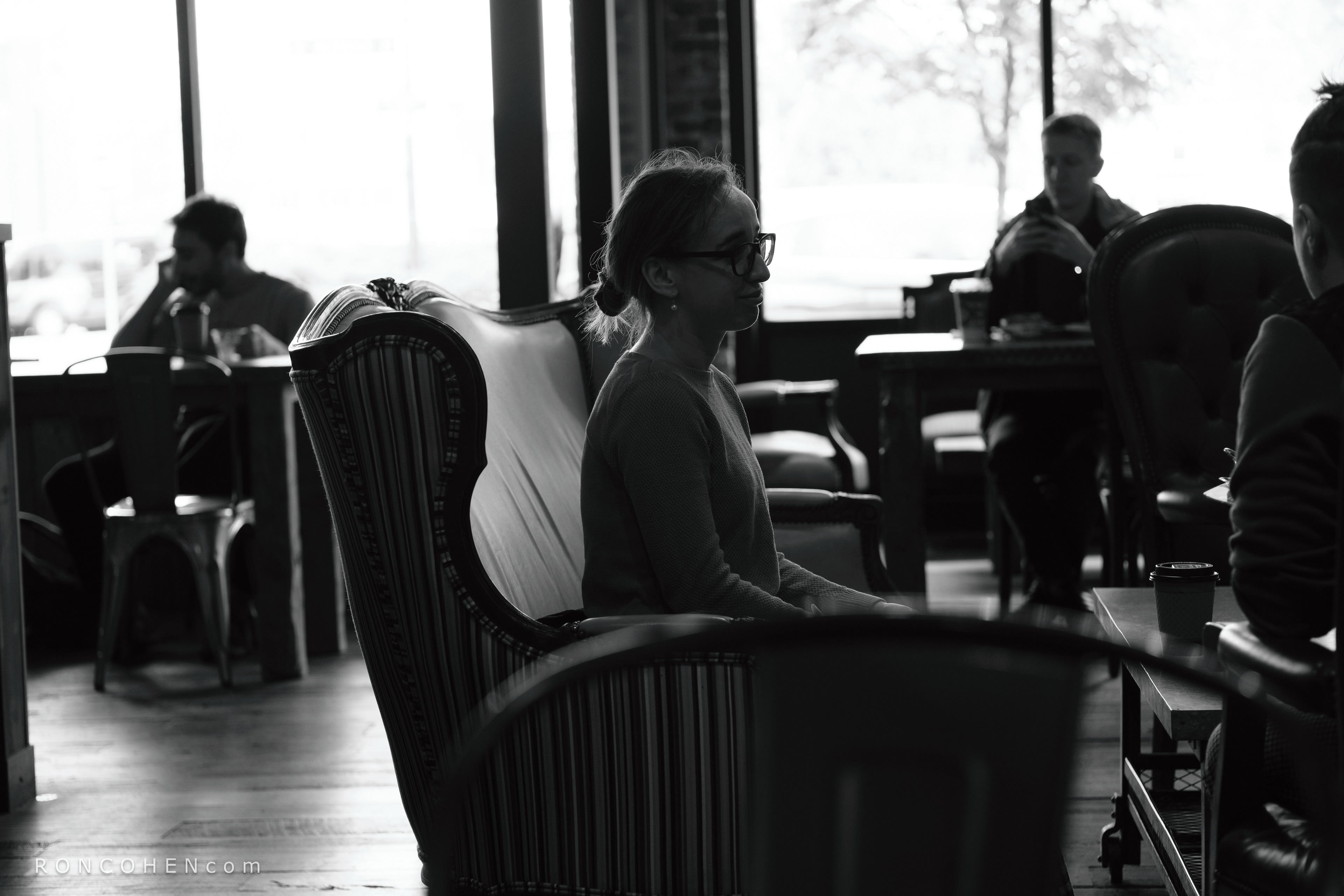
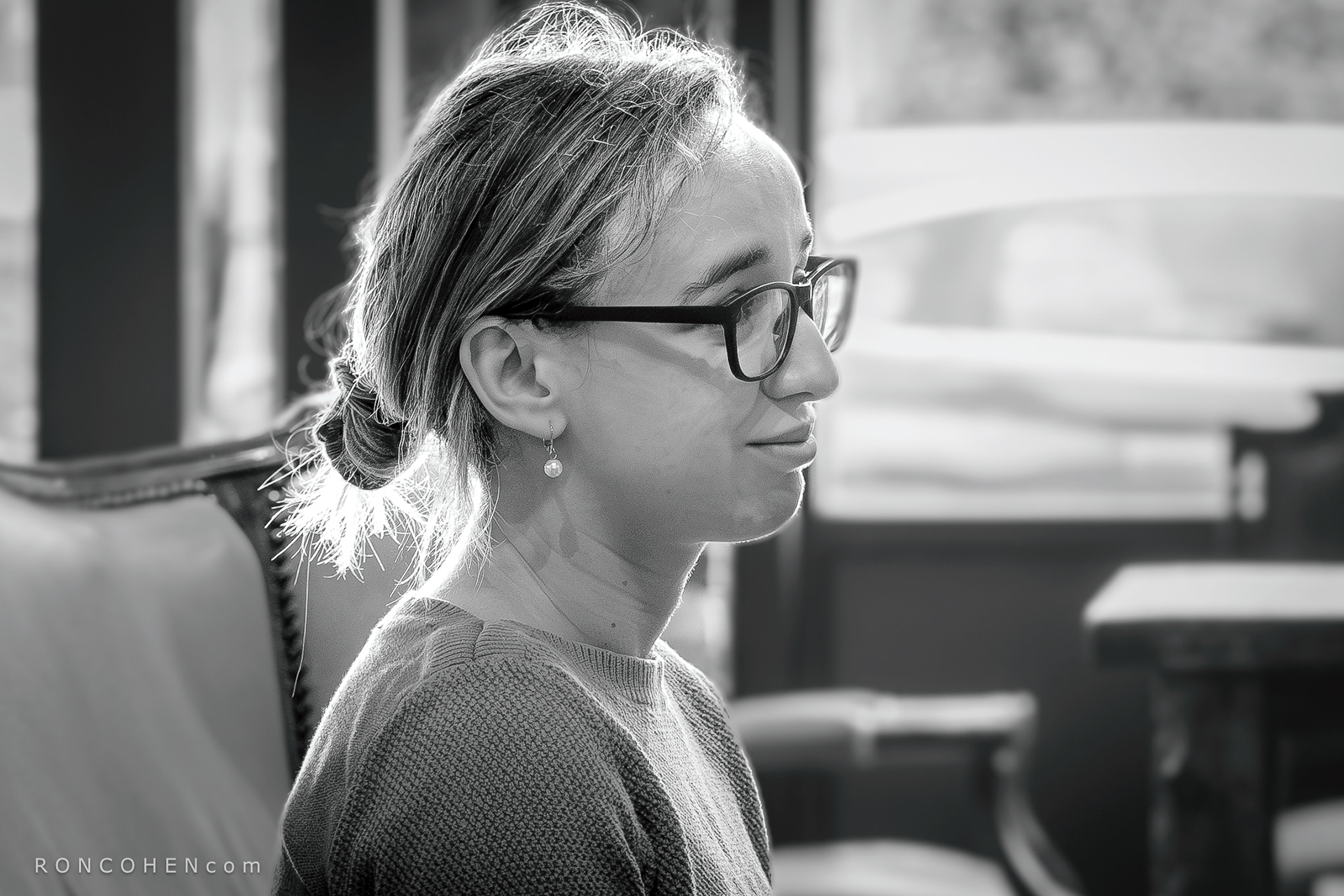
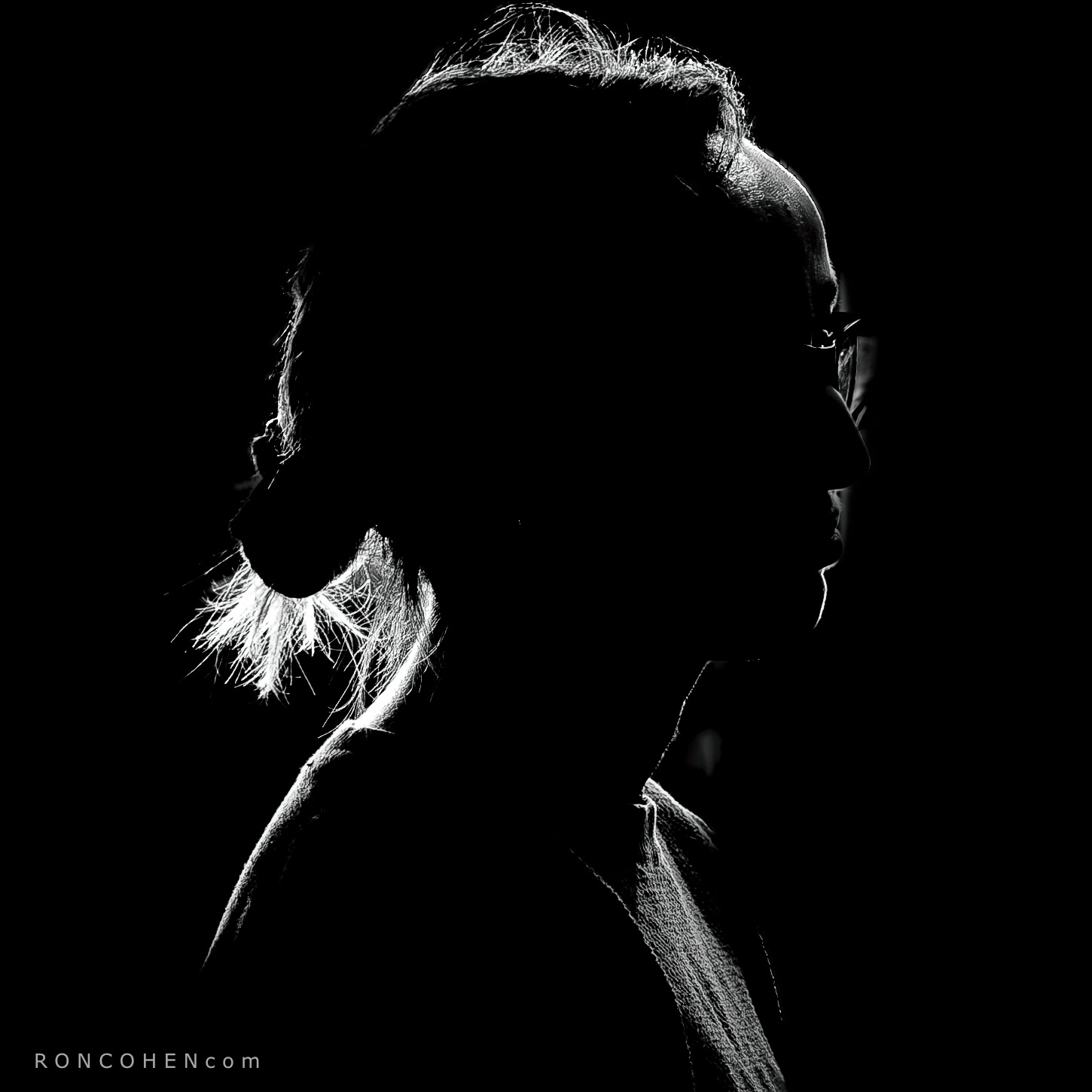
The strip, above, compares 1) out-of-camera image, 2) portrait after editing, and 3) silhouette of portrait. The latter two images were achieved using AI-based tools now standard in Adobe Lightroom Classic photo-editing software. Some argue it’s better to start with clean, well-balanced shots that don’t need a lot of patient editing. That’s fine for photographers with a careful, deliberate approach to their work. In my world, however, where a good photo may come and go in the blink of an eye, that's not always possible. These images were all published earlier in Café Nero VII.
